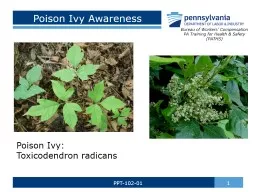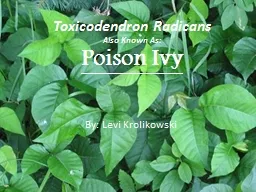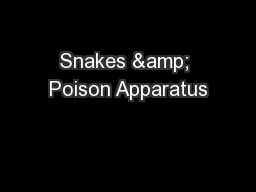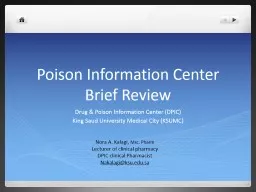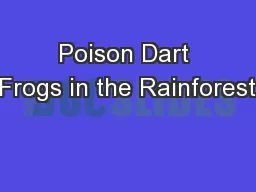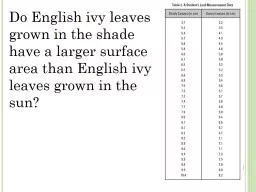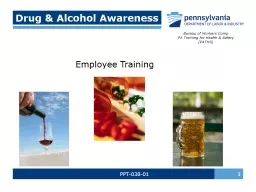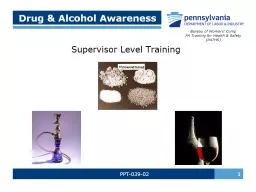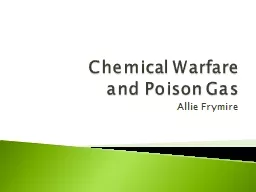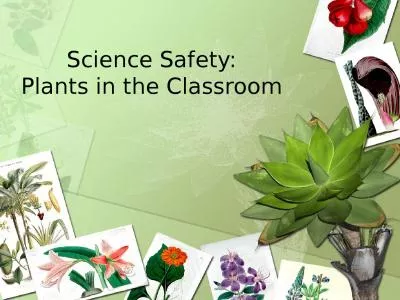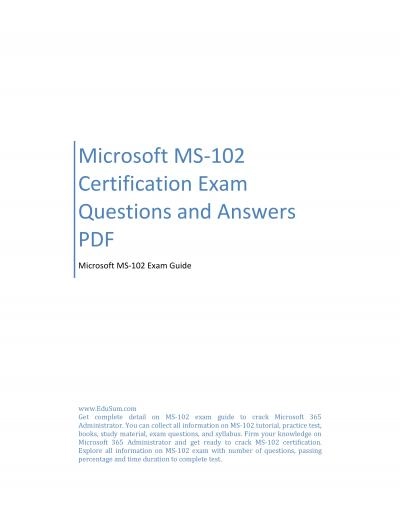PPT-Poison Ivy Awareness 1 PPT-102-01
Author : christina | Published Date : 2022-06-01
Bureau of Workers Compensation PA Training for Health amp Safety PATHS Poison Ivy Toxicodendron radicans Defined Climbing plant Of the sumac or cashew family Western
Presentation Embed Code
Download Presentation
Download Presentation The PPT/PDF document "Poison Ivy Awareness 1 PPT-102-01" is the property of its rightful owner. Permission is granted to download and print the materials on this website for personal, non-commercial use only, and to display it on your personal computer provided you do not modify the materials and that you retain all copyright notices contained in the materials. By downloading content from our website, you accept the terms of this agreement.
Poison Ivy Awareness 1 PPT-102-01: Transcript
Download Rules Of Document
"Poison Ivy Awareness 1 PPT-102-01"The content belongs to its owner. You may download and print it for personal use, without modification, and keep all copyright notices. By downloading, you agree to these terms.
Related Documents

